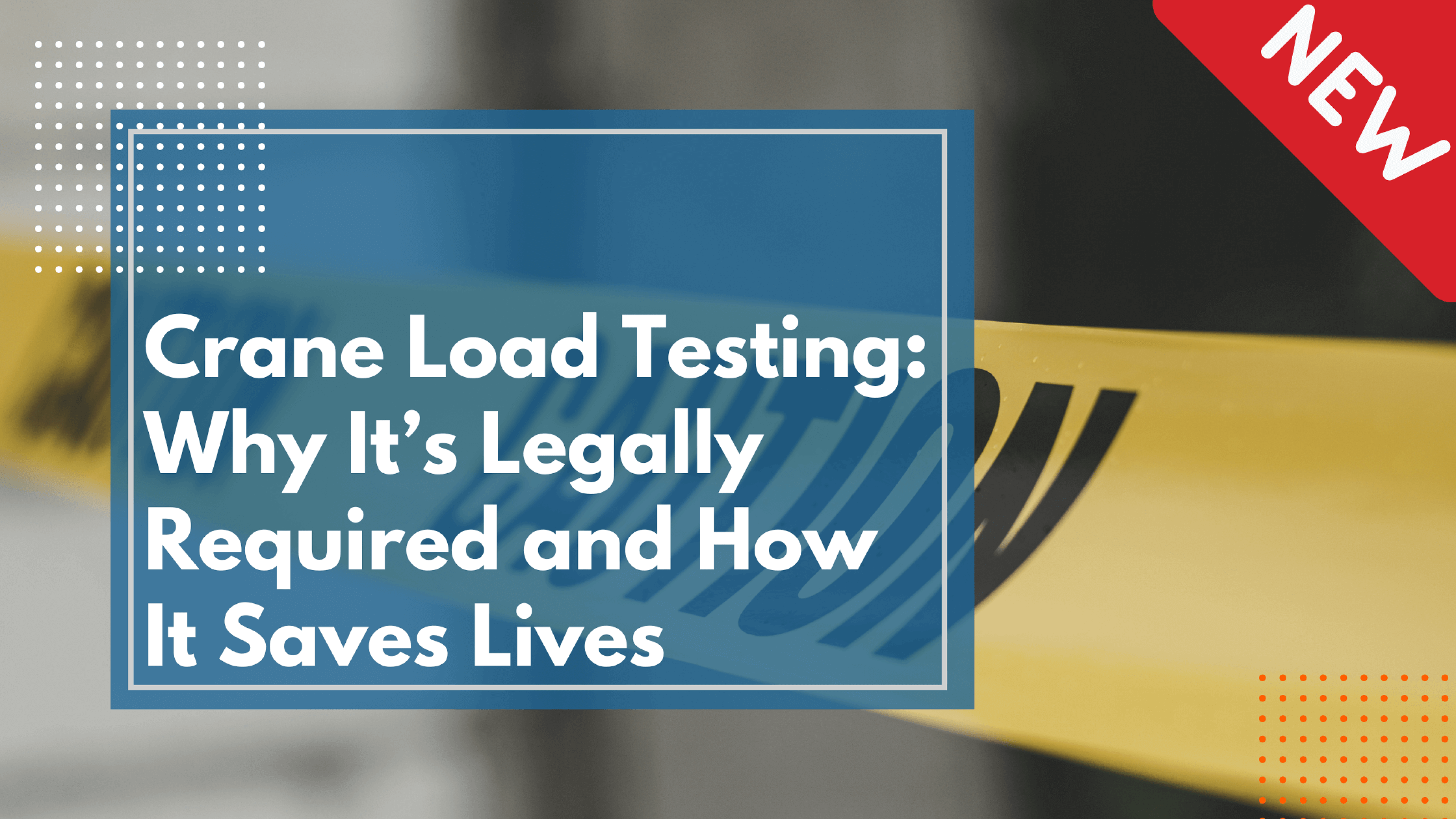When it comes to heavy lifting on construction sites, the margin for error is razor-thin. One of the most critical—yet often overlooked—safety measures is crane load testing. This process not only meets legal requirements but also ensures jobsite safety and equipment performance.
What Is Crane Load Testing?
Crane load testing is the process of applying a controlled load to a crane to ensure it can operate safely at its rated capacity. Load tests help detect mechanical weaknesses, operational inefficiencies, and potential structural failures.
Why Is Load Testing Legally Required?
- OSHA Compliance: OSHA mandates load testing after installation, repair, or modification of a crane.
- ANSI/ASME Standards: These guidelines reinforce OSHA’s requirements and outline testing protocols.
- Liability Protection: A certified load test report can be a key defense in the event of an accident.
How Load Testing Prevents Accidents
- Identifies worn or damaged components
- Ensures brakes, hoists, and limit switches function properly
- Verifies accurate load capacity ratings
How Often Should Load Testing Be Done?
- Post-repair or modification
- New installations
- Periodic inspections (every 1–4 years depending on use)
Conclusion
Load testing isn’t just about compliance—it’s about protecting lives and your investment. At Lift Safe Solutions, we specialize in comprehensive crane safety programs, including load testing, inspections, and training. Don’t leave safety to chance—partner with the experts in crane compliance.
